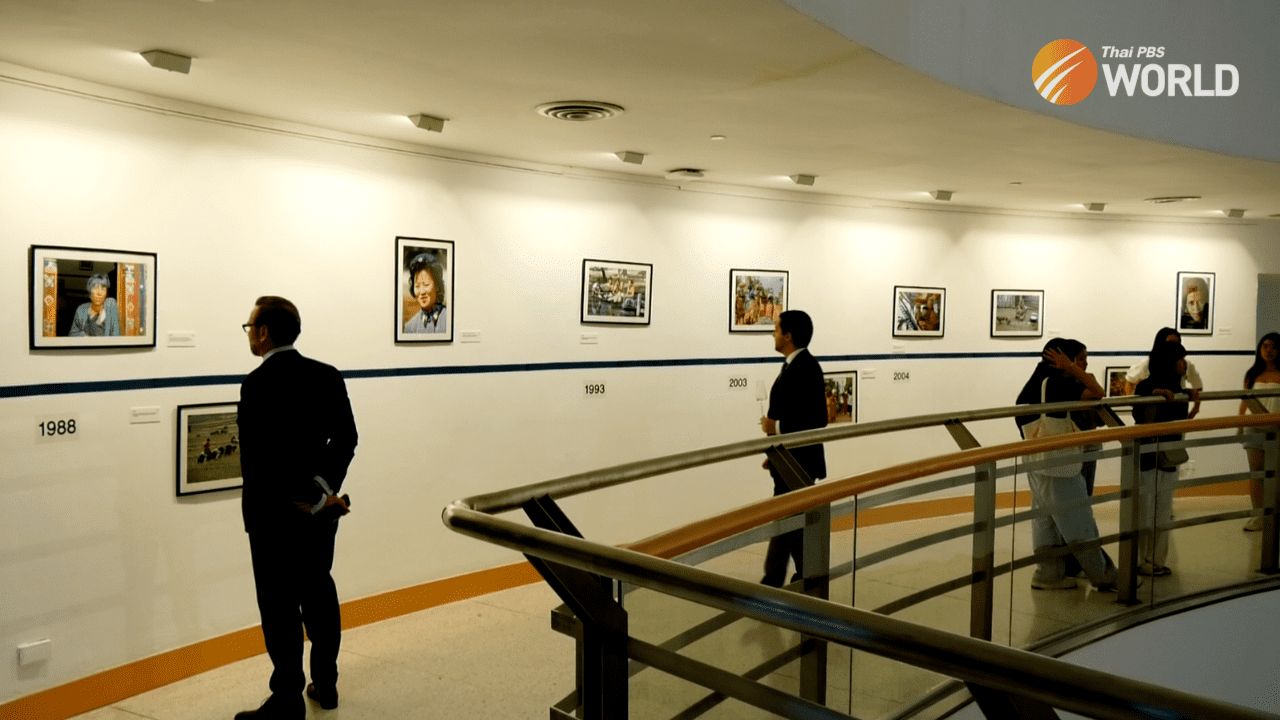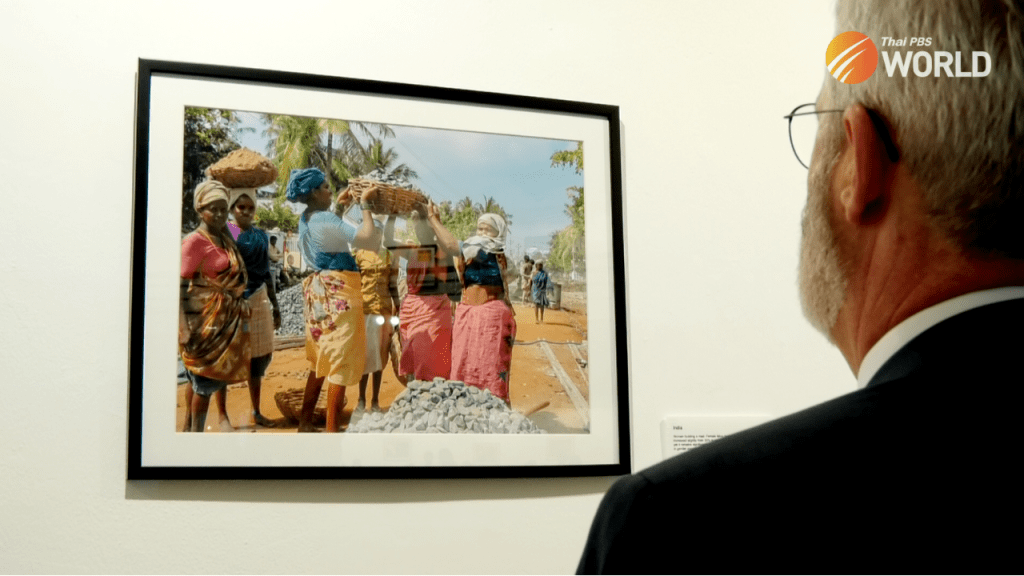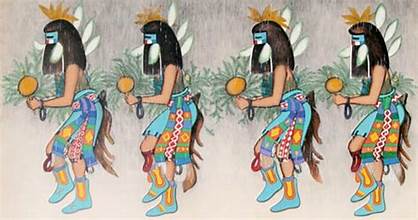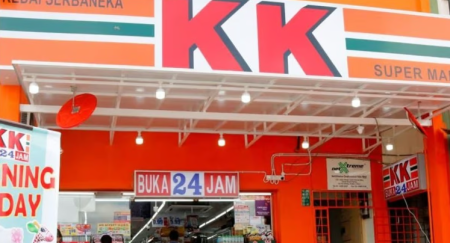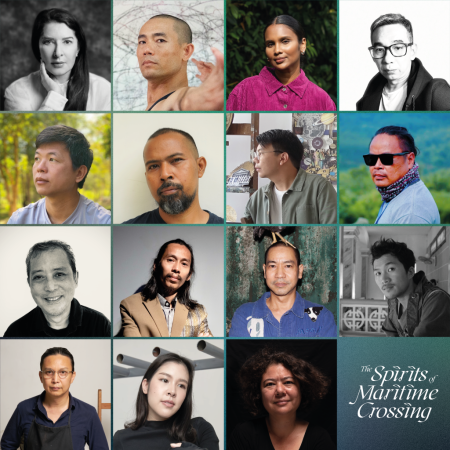Images of an Afghan woman demonstrating against the Taliban, women farmers in Myanmar observing a dragonfly, and women working hard in the labor force – these are some of the photos captured by experienced Finnish photojournalist Rauli Virtanen.
This exhibition of photos showcases the livess of women in the Asia-Pacific region. It was organized by UN Women and the Embassy of Finland in Bangkok to commemorate International Women’s Day.
Over his fifty-year career documenting significant conflicts worldwide, like the Vietnam War, Afghanistan, and more recently Ukraine, Rauli has also documenteded the lives of people who have endured duringcrises, especially disadvantaged women. Out of the the many photos he took, he has selected images that truly capture the struggles and resilience of women in their communities.graph“I’ve been documenting working women in developing countries,” Rauli explained. “For this exhibition, I was pleased to share photos depicting the challenges faced by working women in today’s world.”
Indeed, these photos not only reveal the hardships of women in developing countries throughout the Asia the Pacific region
, but also reflect the socio-economic challenges and gender inequality they confront. and “I feel very fortunate and happy to have visited all these countries and met people who have displayed resilience and dignity.”sGender disparity worldwide
According to the 2023 Global Gender Gap report from the World Economic Forum, it will take another 131 years for the world to close the gender gap, with East Asia and the Pacific region requiring even more time, 189 years.
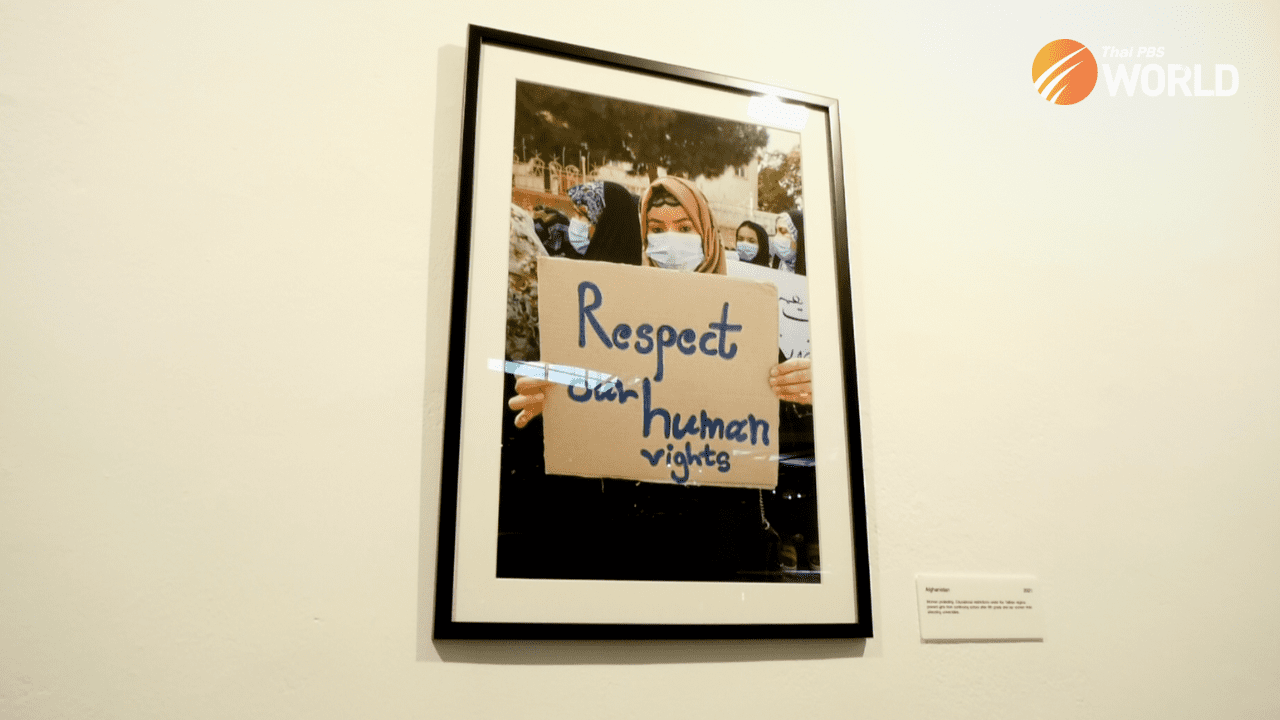
New Zealand has the smallest gender gap in the East Asia and Pacific region, ranking 4th, followed by the Philippines (16th), Australia (26th), Singapore (49th), Laos (54th), Vietnam (72nd), Thailand (74th), Mongolia (80th), Indonesia (87th), Cambodia (92nd), Timor-Leste (95th), Brunei Darussalam (96th), Malaysia (102nd), South Korea (105th), China (107th), Fiji (121st), Myanmar (123rd), and Japan (125th).
Sarah Knibbs, the Deputy Regional Director
of UN Women Regional Office for Asia-Pacific, sees a mixed picture of progress towards gender equality in the Asia Pacific region. While women and girls in Southeast Asia
have improved access to quality education and healthcare, they still remain underrepresented in leadership and decision-making positions. of the “One area where now Asia Pacific is lagging behind compared to some regions is the number of women participating in political decision-making roles,” she remarked.
“In Thailand, there is strong representation of women in business leadership positions, but there is still a relatively low percentage of women in Parliament. When decision-making roles are more diverse, the we tend to see policy-making that benefits women, men, girls, boys, and people of all genders in a more equitable manner
rather than solely catering to one segment of the population.”ity Furthermore, a major concern is the crises impacting women’s lives, such as conflicts and climate change, where women are disproportionately affected. This aligns with UN Women’s recent report, which indicates that climate change is exacerbating persistent poverty gaps. It also reveals that over 614 million women and girls reside in conflict-affected areas, representing a doubling since 2017, and these women are 7.7 times more likely to live in extreme poverty., “Women tend to suffer more than men in conflicts or natural disasters,” Sarah explains. “In the Pacific, or during cyclones in South and Southeast Asia, we find that more women are affected and face difficulties. Similarly, women and girls are heavily impacted by conflicts.”
, for example,
climate-related and natural hazards in the Pacific, or cyclones in South and Southeast Asiaswe find that there are more women who are casualties and women really face a lot of difficulties in that kind of situation. Similarly of where there is conflict, we see a lot of impacts on women and girls.”. WAs Finland has a narrow gender gap, Jyri Järviaho, the Ambassador of Finland to Thailand, says that improving equal access to education would be the key to reducing the gender gap, especially in Thailand., “First of all, I think, everything starts
education. Equal education is the key to providing everyone
the opportunity to develop skills and have an equal opportunity in the labour market.” with Strength and resilience of women with As closing the gender gap remains a challenge in several regions around the world, this exhibition not only highlights women’s strengths, despite their socio-economic hardships, but aims to raise awareness about their roles and importance in society.
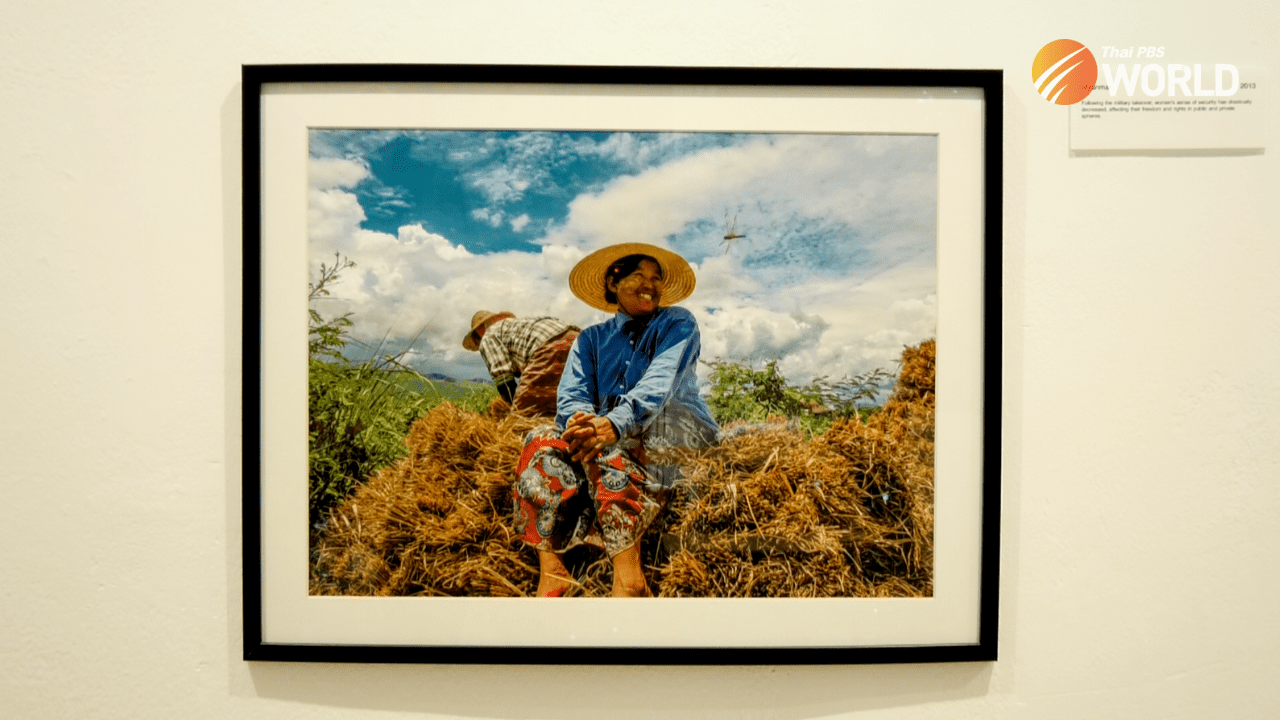
also aims to raise awareness about their roles and how important they are to society.
“I think these pictures speak so much about the roles of women in local communities. So it it gives us a lot of strength to think about the future of equality in these communities, both in Thailand and elsewhere,” said Jyri.
“This is a very rich and heartfelt photo exhibition that really takes us on a journey, showing the diversity of women and their experiences in, Asia Pacific
over the last couple of decades,” Sarah reflects. the “[This exhibition] is really about helping people to region more understanding of the issues that are going on, helping them feel more compassionate about that, and
more human connection with these issues gain rather than just hearing words to have a Meanwhile, the veteran photojournalist thinks that the existing gender gap serves as a wake-up call for people to re, social inequality and the importance of women’s rights. Therefore, Rauli believes that photo exhibitions are still needed,” says Sarah.
take some time to look deeply into the photos and realise the underlying social problems.cognise“It is depressing to find out that the gender gap is not improving as much as we hoped. So, I hope that [this exhibition] makes people think [about gender equality], not only men, but all the decision makers, not only on women’s day on March 8th, but every day,” Rauli concluded., so people can By Nad Bunnag, Thai PBS World
Images of an Afghan woman protesting against the Taliban regime, women farmers in Myanmar looking at a dragonfly, to women working tirelessly in the labour force, these are among the…
By Nad Bunnag, Thai PBS World
